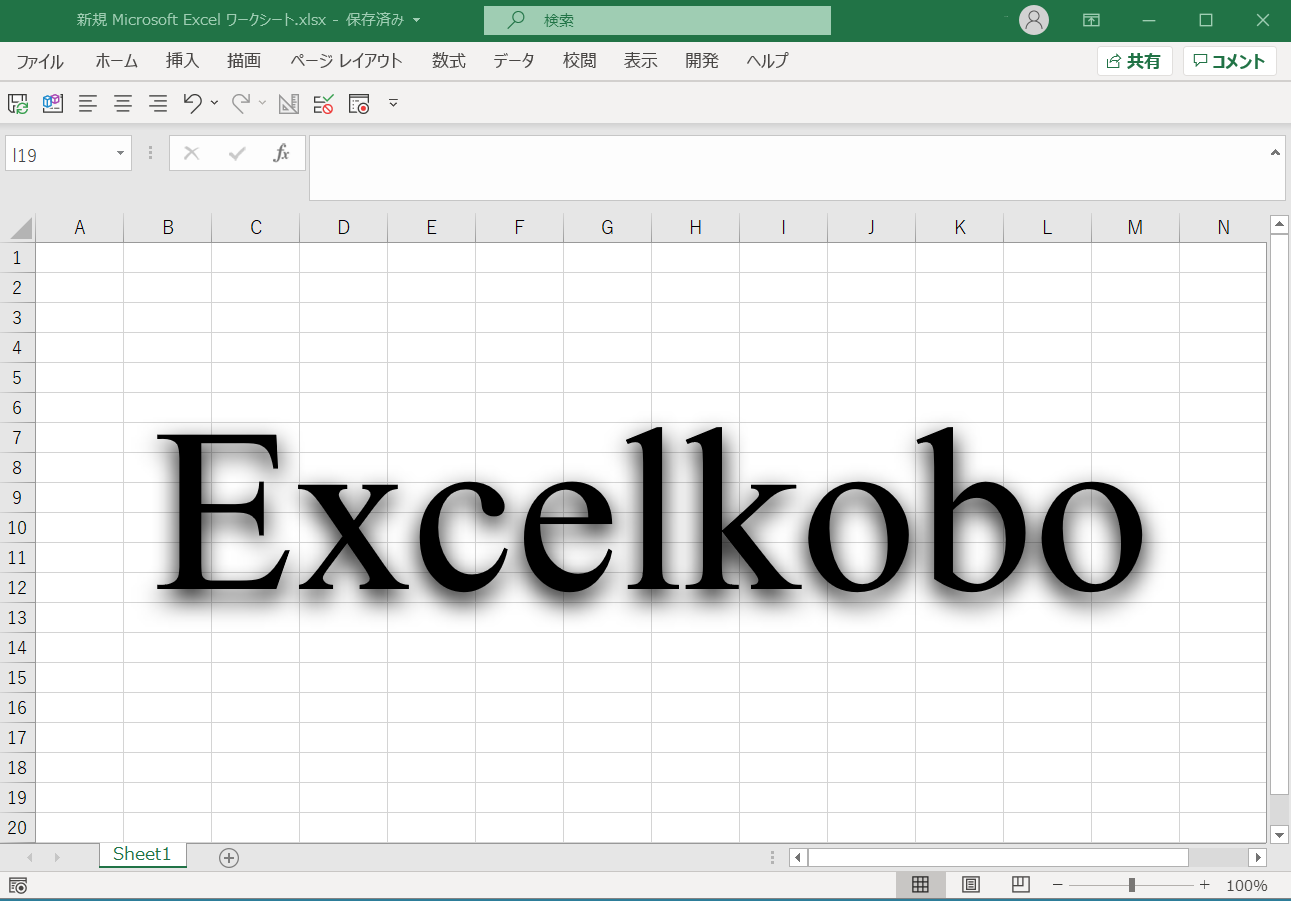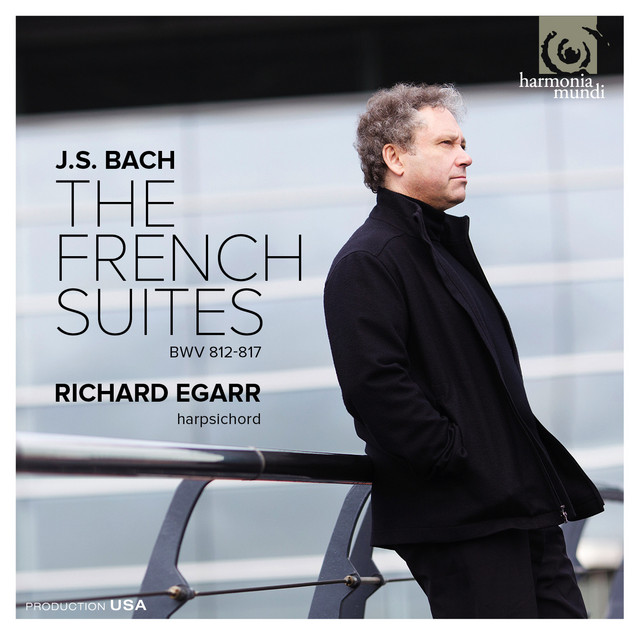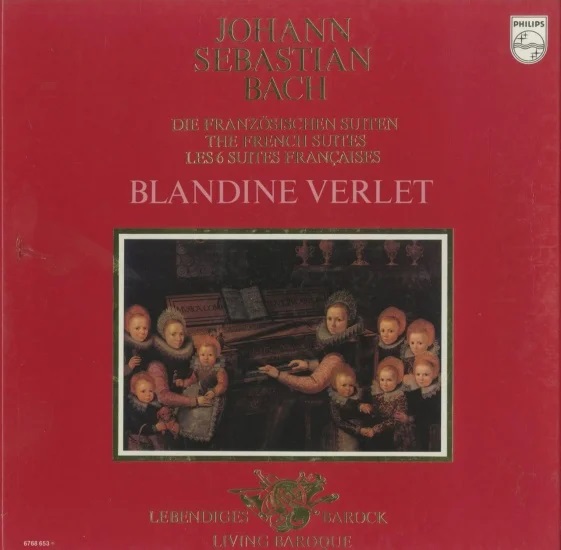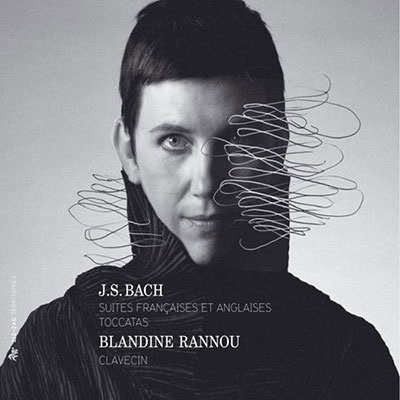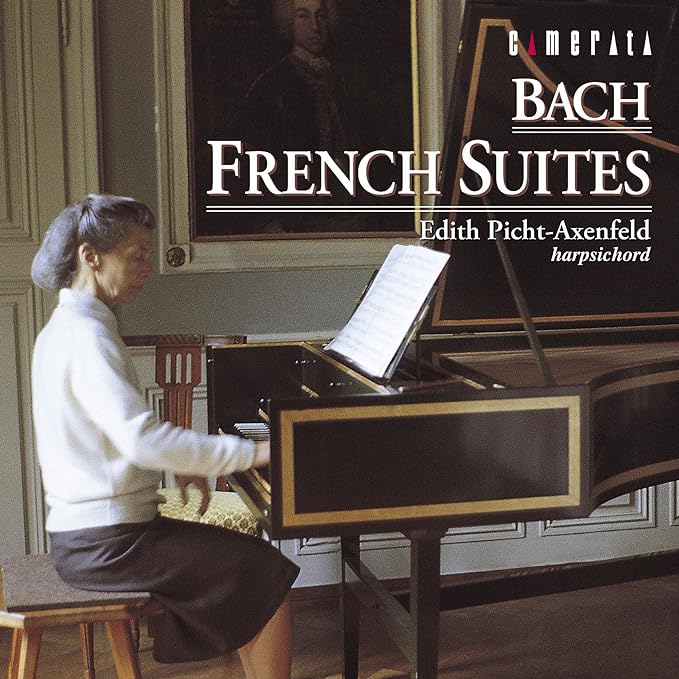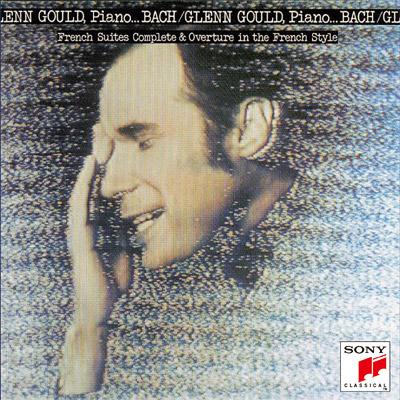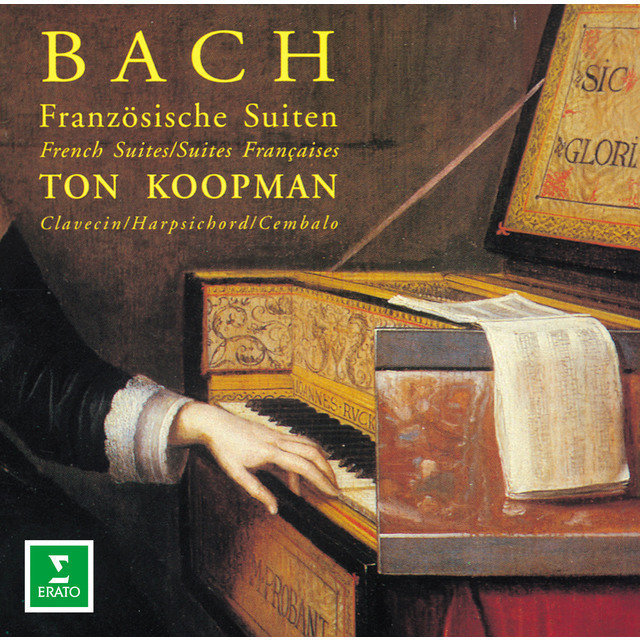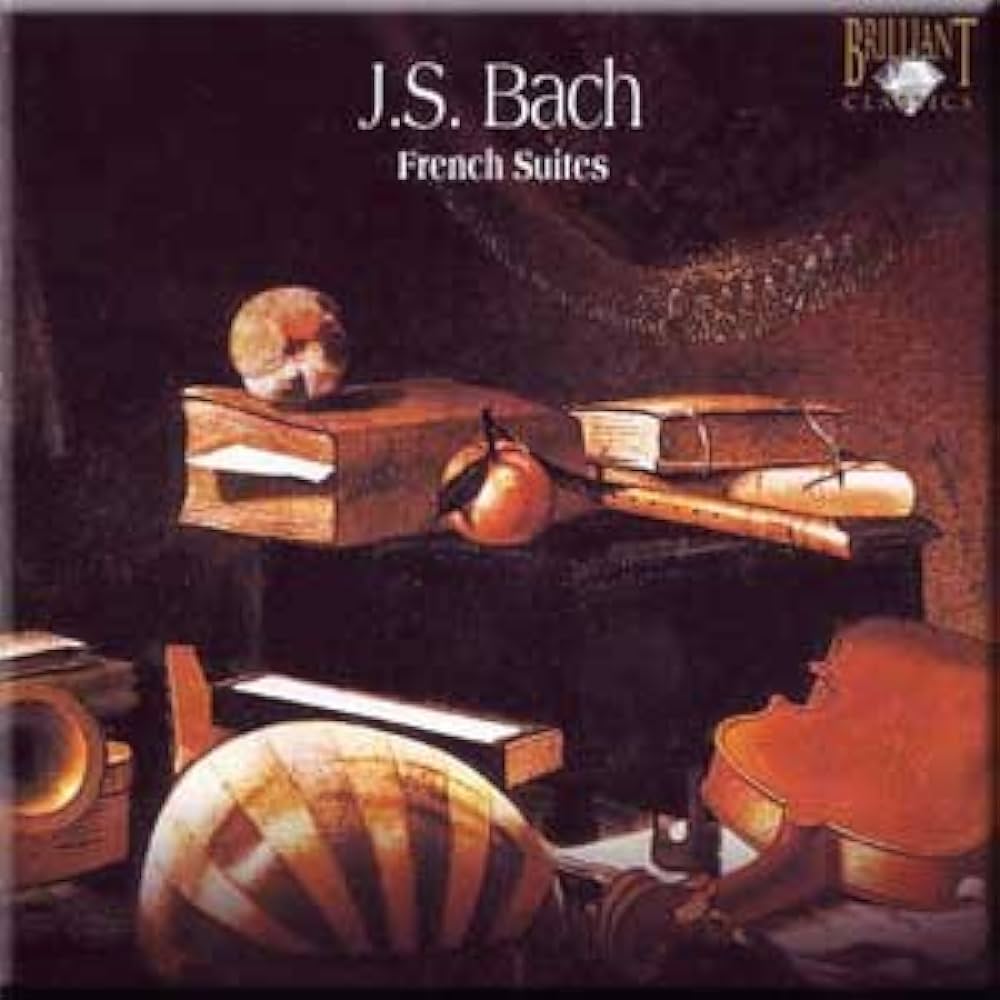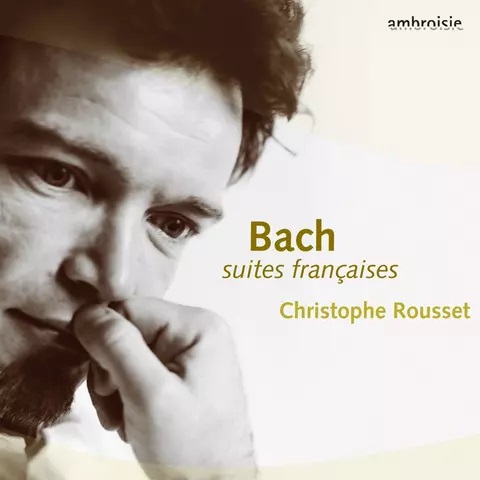About “French Suite”
As I have written somewhere before, I like “French Suite” among Bach’s clavier works. Compared to the “English Suite” and the “Partita”, the “French Suite” is not as difficult to play, and it is said to be a work for beginners. However, I think its compact structure and inspirations are the best in terms of perfection. The name “French Suite” was given to the work after Bach’s death, and it does not mean much. This is because all dances, whether they are “English Suites” or “Partitas”, have been unified by their French names. For example, in the Courante of the “French Suites”, only the suite in D minor and the suite in B minor are written in the so-called French style of 3/2 or 6/4 time, while the other four are written in the Italian style of 3/4 time. On the contrary, in the “English Suite”, all the pieces are in French-style Courante. If I had to choose which of the six “French Suites” is my favorite, I would have to say No. 2 in C minor by far. Among them, I have always loved the Allemande and Sarabande in particular. The philosophical and meditative atmosphere of these two pieces is irresistible. Therefore, I feel that how I play these two pieces determines whether I like or dislike the performance.
There are many transcriptions of the “French Suite” and they are quite different. The recording of the “French Suites” is different depending on which manuscript is used. In No. 1 in D minor, there seems to be a case in which the second Menuet is followed by a da capo to the first Menuet, and another case in which it ends with the second Menuet. There is also a variant in which the second Bourrée is played after the Bourrée of No. 5 in G major.
Now, let us compare the CDs.
(1) Richard Egarr
Allemande is played at a moderate tempo, and Courante is played fast in both French and Italian style. In No. 2, the Menuet II is played in a different manuscript, and three other versions of the Courante are also recorded as bonus tracks.
(2) Blandine Verlet
Blandine Verlet is well known for her recording of Louis Couperin’s complete works of clavecin. As in the Goldberg Variations, the subtle fluctuation of tempo is a characteristic of this player. This may be a point of difference between likes and dislikes. The tempo is fast throughout. In No. 2, she uses a version of the Menuet without II.
(3) Blandine Rannou
Allemande and Sarabande are played at a slow tempo, while Courant is played relatively fast. The Menuet, airs, and Gavotte are played fast. Overall, this is orthodox Bach. No Minuet II in No. 2.
(4) Edith Picht-Axenfeld
Her Bach is exemplary and orthodox. Here, too, she plays at a moderate tempo, without any eccentricity, and gives a good performance. If you are a Bach fan, you should definitely listen to this CD. In No. 2, the version without Menuet II is used, and the first half is played buff-stop.
(5) Keith Jarrett
Keith Jarrett is an extremely orthodox interpreter of Bach. His stoic attitude toward Bach cannot help but move those who listen to him. Although he has been ill and has not performed for a long time, his Bach is still eagerly awaited by everyone. No. 2 in C minor is the version with Menuet II.
(6) Gustav Leonhardt
Needless to say, Gustav Leonhardt is the world’s greatest Bach player. His recording is unquestionably the number one disc of this piece as well. His pioneering interpretations of Bach, including baroque articulations and inegalitarian techniques, have had a strong influence on harpsichord players around the world. He left only one recording of the “French Suites” in 1975. In most of the pieces, the repetitions in the second half are omitted, and in some pieces, the first half is played only once. In No. 2, he used a version of the Menuet with II.
(7) Glenn Gould
Gustav Leonhardt was critical of Bach played on the piano, but I, for example, think that Bach played on the piano is also good in its own way. However, I do not like the same dynamism and heavy use of pedals as in the Romantic music. If you are going to play Bach on the piano, you should play like Glenn Gould, no matter who you are.
(8) Ton Koopman
Ton Koopman is probably the most unique Bach player in the world. He is a player who is liked or disliked by different people. He plays very strongly with a sharp touch and clear articulation. He plays more ornaments in the repetitions than other players by far. The tempo of the Allemande in No. 2 is faster than that of any other player. He uses the version with Menuet II.
(9) Peter-Jan Belder.
Allemande and Sarabande are slow and Courante is fast. In No.2, the version with Menuet II is used, and Da Capo is also performed in Menuet I. The Suite in E-flat major (BWV819) and Suite in A minor (BWV818), which are not usually included in the “French Suites” are recorded as bonus tracks.
(10) Christophe Rousset
The Allemande and Sarabande are played at a moderate tempo, while the Courante is played at a moderate tempo in the French style, but at a much faster tempo in the Italian style one. In No. 2, the Menuet II uses a different manuscript, and there is a da capo.
I am sure there are many other good performances, but I will leave those introductions for another day. In addition, I must say that it is truly unfortunate that Scott Ross, whom I love, has not recorded the French Suite.

